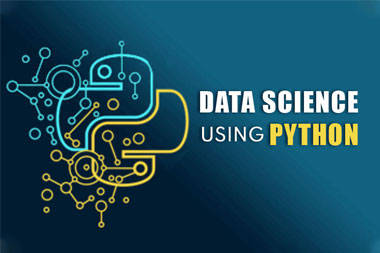.svg)
.svg)

Complete Data Science Training: Mathematics, Statistics, Python, Advanced Statistics in Python, Machine & Deep Learning
For IT & Computer science Engineers
Course Type :
₹ 30440
Topic 1 | Introduction to Data Science
Topic 2 | Modules and packages in python
Modules and packages in python
Topic 3 | Advance Features in Python
Advance Features in Python
Topic 4 | Exploratory Data Analysis (EDA)
Exploratory Data Analysis (EDA)
Topic 5 | EDA Case Study
EDA Case Study
Topic 6 | Data Visualization
Data Visualization
Topic 7 | Probability Theory case study
Probability Theory case study
Topic 8 | Confidence Interval case study
Confidence Interval case study
Topic 9 | Data Pre-processing
Data Pre-processing
Topic 10 | Data Pre-processing case study
Data Pre-processing case study
Topic 11 | Introduction to Machine learning
Introduction to Machine learning
Topic 12 | Supervised learning Algorithm
Supervised learning Algorithm
Topic 13 | Supervised learning Algorithm
Supervised learning Algorithm
supervised learning
Topic 14 | Unsupervised learning
Unsupervised learning
Topic 15 | Introduction to NLP
Introduction to NLP
Topic 16 | Introduction to WordCloud
Introduction to WordCloud
Topic 17 | wordcloud case study
wordcloud case study
Topic 18 | Forecasting case study
Forecasting case study
Topic 19 | Dimension Reduction
Dimension Reduction
Topic 20 | Dimension Reduction case study
Dimension Reduction case study
Topic 21 | Association Rule Mining case study
Association Rule Mining case study
Topic 22 | Project Work
Project Work 1
Topic 23 | Project work
Project work
Copyright © 2025 ABCTrainings - All rights reserved